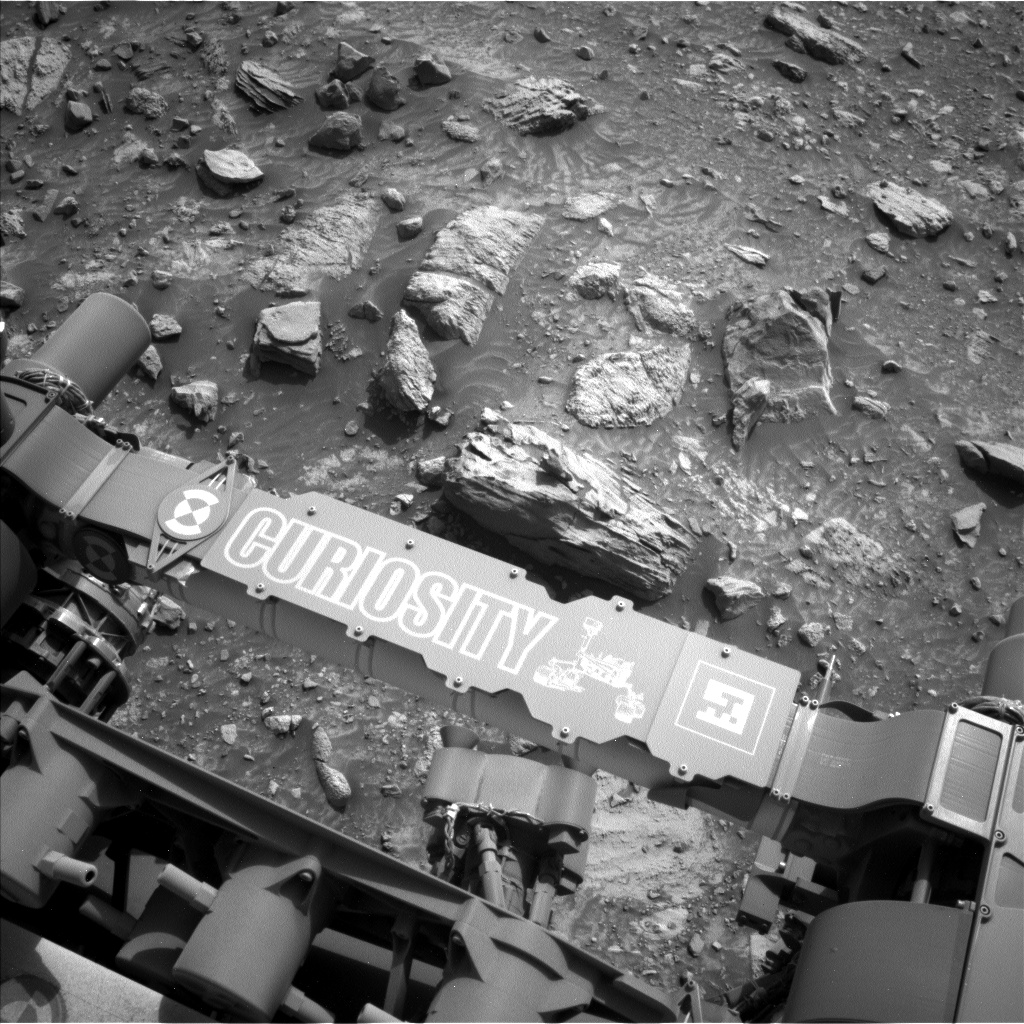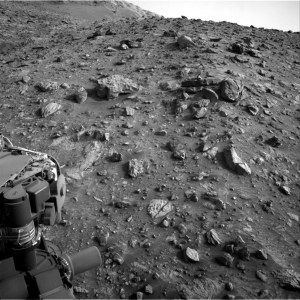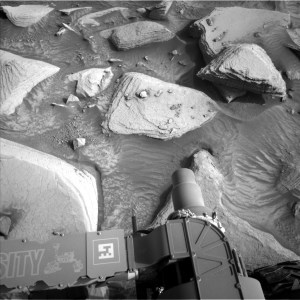3 min read

Earth planning date: Wednesday, May 1, 2024
Today's planning was a little out of the ordinary. Not in terms of the plan itself, Curiosity's team built an exciting plan utilizing much of its science toolkit. Today's plan was unusual rather due to my role as APXS PUDL Reverse Shadow (PUDL = Payload Uplink/Downlink Lead). While I normally staff the APXS PUDL role, the person on-shift responsible for APXS downlink assessment and uplink planning, operating as a "Reverse Shadow" meant I took a backseat to another APXS team member who was completing the final phases of their training for the role. They handled their duties with great aplomb, leaving me to reflect on my first few shifts in the same role.
As I'm typing this, given how long it has been since that time, I can't shake the comedy of narrating this section of the blog in the distinct and rapid-paced tone of 1940s or 1950s radio and TV. It was around a month after landing, September 10th 2012, to be specific. I was on shift for the first time as APXS PUDL and was not expecting much in the way of workload given the notional plan. Curiosity, on the other hand, had a different idea. As event logs of the sol prior were received, the intended plan was scrapped and there was an opportunity to propose an activity. My mentor at the time encouraged my input. We were conducting operations at JPL then and walked down the hall to present our request to other members of the team before the sol's uplink planning meetings officially kicked off (I am correcting myself here as I originally typed "days" instead of "sols" but Mars time meant shifts at this time occurred throughout the night in California). The proposal was accepted, and the proposed activity ultimately went according to plan. I can remember driving back to my hotel as the sun was coming up. It was then that it hit me: I had just influenced something that happened on another planet. It was a very surreal experience. What I didn't realize then, however, was how important these data acquired on my first shift as lead APXS PUDL would be, given they now serve as a baseline from which we assess APXS performance vs. temperature over time.
Today's APXS PUDL had a more typical experience. There are two APXS targets in the plan: "Emerald Peak" and "Franklin Lakes." These targets are both on the same block (the rectangular one just slightly left and above the middle of this blog's image), with Emerald Peak targeting the visibly altered rim near the lower portion of the block and Franklin Lakes more centrally located. MAHLI will acquire images of both of these targets, including a three-position rotational stereo set on Emerald Peak. A number of other targets were captured by ChemCam and/or Mastcam, including "Grizzly Falls," "Liberty Cap," "Pavilion Dome," "Triple Divide Peak," and "Haystack Peak." As Curiosity is not driving in this plan, ChemCam and Mastcam are also used for targeted observations on the second sol, focusing primarily on "The Minarets" and "Pinnacle Ridge," alongside long-distance observations of "Kukenan." DAN observations as well as a number of environmental monitoring activities by REMS, Navcam, and Mastcam round out the two-sol plan.
Written by Scott VanBommel, Planetary Scientist at Washington University









